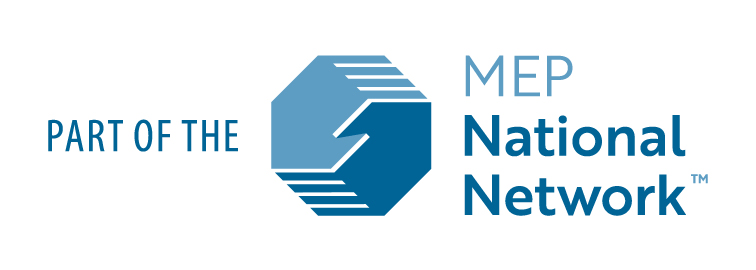Bendix operates a brake re-manufacturing operation at its Huntington, Indiana location. The operational location works with 40 different types of Friction Material Standards (FMSI) with 600 different combinations of brake pad materials and brake configurations creating significant scheduling and manufacturing process optimization issues.
Situation
Bendix’s Enterprise Resource Planning (ERP) system is utilized to send data to the manufacturing floor with regards to the schedule, however, rapid demand changes occur based on availability of incoming core material. Bendix sought a simulation model to assist in determining optimum production schedules and potential capital acquisitions to align capacity with flexible demand, potentially increasing the current 10% market share of brake re-manufacturing to 30%.
Solution
Using physical modeling technology, the Purdue team was able to help Bendix team members see the re-manufacturing processes as a system, instead of focusing on point optimizing equipment or methods that did nothing to improve system performance. Collective System Design (CSD) applied to the physical model allowed Bendix to determine metrics related to meeting customer demand, such as customer orders met, actual shipments, and takt time. CSD and physical modeling allowed constructive discussion and design of a system among Bendix team members. In addition, the participants saw how each manufacturing process was linked together. Successful implementation of this technology means that a team defines and agrees on customer needs, and states those needs as Functional Requirements (FRs) of what the system must accomplish every day.
Results
The CSD framework enabled corporate product design, information technology, plant operations, engineering, logistics, and plant management to develop a comprehensive physical model of how the plant would physically operate to achieve the system FRs. The physical model is a time-scaled physical design of plant material and information flow in which one hour of production time was scaled to one minute of simulation time. As an example, the model exposed issues with equipment design that have specific impact to plant and corporate equipment engineering.
“The benefits to the organization go beyond the measured results of this particular project. This process has been re-used in other areas of the business to generate discussion on planned changes which resulted in positive changes to the implementation plan.”
- Ryan Moreau, Knorr Production System Manager (Lean Manager) \ Health Safety & Environmental Manager



